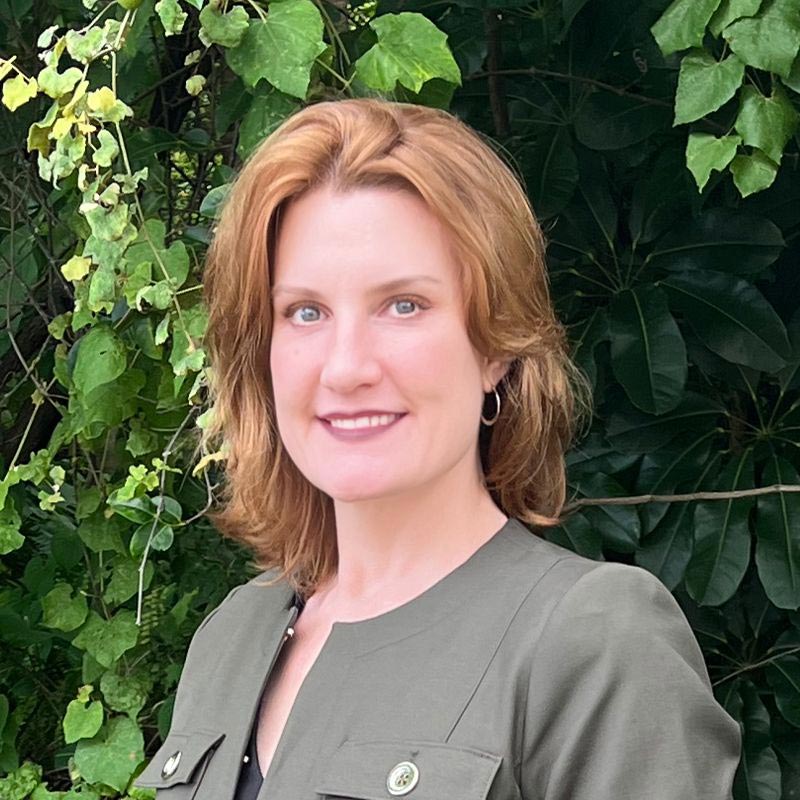Transcript
We are using Maria as our proxy patient for a statin gap, a common, relatively simple gap to close from a documentation perspective, but often challenged by patient objections. Maria is a 62-year-old with Type 2 diabetes and an open statin gap. She was prescribed statins three times but discontinued after two weeks, citing muscle pain. Her PCP has unsuccessfully tried education, follow-up, and alternative dosing schedules over 18 months.
This scenario represents the exact type of challenge we address. While AristaMD started as an eConsult company, we now operate with full longitudinal care programs to support areas like cardiology.
We are looking at a fictional organization with 75,000 patients and 1,200 providers, but Maria’s profile is typical. A common issue we see is a drug prescribed in the hospital that the PCP is unaware of or the patient doesn’t fill post-discharge. We often connect that data and inform the PCP.
The Problem and the Turning Point
The statin gap has haunted the dashboard for 18 months. PCPs spend about 15 minutes per visit on statin counseling, a tremendous burden. Quality scores, patient outcomes, and bonus dollars are at risk in any Medicare Advantage or value-based payment model. Our assistance relieves the PCP of the administrative and research burden.
The organization reached out to us before Maria’s routine follow-up. We reviewed her full case history and provided the PCP with evidence-based recommendations, patient education materials, and relevant citations. It is nearly impossible for a PCP, treating thousands of patients, to keep up with every specialty change. This is where our cardiologists provide support.
Specialist Recommendation and Outcome
The AristaMD cardiologist recommended a switch to a different statin and the introduction of CoQ10 with a specific dosing strategy to address the muscle complaint. We also emphasized patient benefits, such as a 25% reduction in heart attack risk and a 20-25% decreased risk of stroke, showing the real value of the treatment.
The PCP conducted another intervention, communicating the specialist’s recommendations (and even showing the e-consult from the patient’s chart). Maria agreed to try the new approach, and the care gap closed.
Monitoring for Long-Term Value
What isn’t always seen is our follow-up: Xanthe’s team continually monitors to ensure the gap remains closed. While closing the gap officially impacts Star Ratings, we know that if Maria stops the statin, her risk of a high-cost event (ER visit, inpatient stay) increases. We don’t just want to close the gap; we want to keep it closed. (Though we can stop monitoring if an organization explicitly requests it, we strongly recommend against it).
The result is a multiplier effect: The PCP can successfully replicate this approach with other hesitant patients. The average time to gap closure drops from six months to 45 days, often facilitated by pre-appointment planning.
Kate McDonald
Chief Client Officer
Kate McDonald, with her extensive 20-year career in healthcare, business services, and technology, has left a significant impact. Her strategic planning, marketing and client services have led to the creation of compelling products, successful lead generation campaigns, and long-term client relations…
Common Challenges to Achieve Clinical Quality Goals: Containment

Containment in healthcare involves equipping providers with the appropriate recommendations to effectively manage a patient’s care within their practice without the need for unnecessary referrals or consultations outside of the practice. This is particularly important in ensuring efficient resource utilization and reducing healthcare costs while maintaining high-quality care. Collaboration between the practice and eConsult providers is crucial in this process. By working closely together, healthcare teams can assess patient needs more comprehensively, share relevant information seamlessly, and leverage specialist expertise when necessary, all while keeping the patient’s care within the primary care setting when possible.
Containment is impacted by:
Specificity of the eConsult request and inclusion of appropriate patient history and testing
One critical factor that impacts containment is the specificity of eConsult requests and the inclusion of appropriate patient history and testing. When healthcare providers submit eConsults with clear and detailed information about the patient’s condition, medical history, and relevant tests, it enables specialists to provide accurate and targeted recommendations. This specificity helps avoid unnecessary procedures, tests, or consultations, reducing healthcare costs and improving efficiency. Additionally, thorough documentation of patient information ensures that healthcare decisions are based on a comprehensive understanding of the patient’s needs, leading to better clinical outcomes and overall satisfaction with care. By emphasizing the importance of detailed eConsult requests and extensive patient information, healthcare organizations can enhance containment efforts and optimize resource utilization while delivering high-quality care.
Specialist experience and the comprehensiveness of the eConsult response
Containment rates in healthcare are significantly influenced by two key factors: specialist experience and the comprehensiveness of the eConsult response. The knowledge and expertise of the specialist providing the eConsult directly impact the quality and effectiveness of the recommendations offered. Specialists with extensive experience in their field can provide more accurate diagnoses, tailored treatment plans, and valuable insights into complex medical conditions. Moreover, the comprehensiveness of the eConsult response, including detailed assessments, clear recommendations, and supporting evidence, plays a crucial role in containment efforts. A comprehensive eConsult response can help primary care providers manage a wider range of patient conditions within their practice, reducing the need for unnecessary referrals and promoting cost-effective care delivery.

